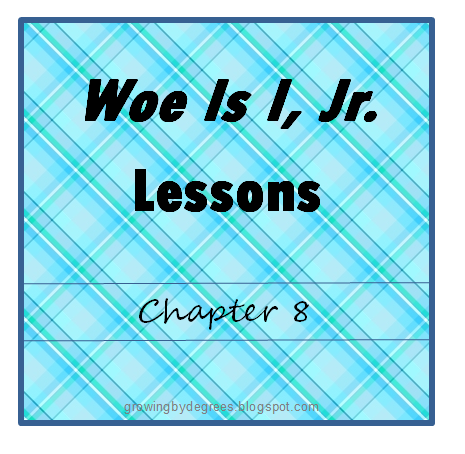Freewriting teaches you to write without thinking about writing. We can usually speak without thinking about speech–without thinking about how to form words in the mouth and pronounce them and the rules of syntax we unconsciously obey–and as a result we can give undivided attention to what we say. Not so writing. Or at least most people are considerably distracted from their meaning by considerations of spelling, grammar, rules, errors. Most people experience an awkward and sometimes paralyzing translating process in writing: “Let’s see, how shall I say this.” Freewriting helps you learn to just say it. Regular freewriting helps make the writing process transparent (Writing with Power, 15).
It’s very simple. Simply set aside some time–five or ten minutes is a good starting length–and begin writing. Don’t stop writing for the entire time. If you come to the end of a sentence and can’t think of the next one, write what you’re thinking even if it’s “I’m stuck” or “I can’t think of anything else to say.” A new thought will soon come to you. As Elbow says, you don’t have to worry about paragraphs or punctuation (although I wouldn't recommend sloppiness for the sake of sloppiness). They are not your primary concern; content is.
When my girls were young, one of my mantras was, “It’s the process, not the product,” a subtitle from an art book I saw at the library. This helped me survive many messy projects which the girls loved, and it kept me from feeling guilty when I needed to throw away some of their thousand finger paintings or drawings. It is the same with freewriting. You may not end up with any masterpieces, and maybe the entire collection will eventually be tossed, but this simple exercise may also free you to experiment with language, refine your thinking, and find your voice. It may even hold the seeds of a strong essay or poem or story.
Try it. See what you think. Then explain it to your children, grab some paper, set the timer, and begin freewriting together. See what they think!
Remember, hands off the conventions (spelling, punctuation, capitalization, etc.). If you see a repeated error that puts you on the verge of seizures, make note of it somewhere else and teach the skill apart from the freewrite. We really don't want the fear of mistakes to get in the way of free writing.
How to Get Started
One easy way to begin is to give students a composition book. Entitle the first several pages "Topic Pool" (or something more creative but similar). As interesting ideas emerge, add them to the list for those days when the writing well is dry. A simple glance at the pages may fill it up again. These archives are a good place to start.
On the subsequent pages of the composition book, students can write the date and a simple title--before or after the writing is completed.
Other Ideas
Try it. See what you think. Then explain it to your children, grab some paper, set the timer, and begin freewriting together. See what they think!
Remember, hands off the conventions (spelling, punctuation, capitalization, etc.). If you see a repeated error that puts you on the verge of seizures, make note of it somewhere else and teach the skill apart from the freewrite. We really don't want the fear of mistakes to get in the way of free writing.
How to Get Started
One easy way to begin is to give students a composition book. Entitle the first several pages "Topic Pool" (or something more creative but similar). As interesting ideas emerge, add them to the list for those days when the writing well is dry. A simple glance at the pages may fill it up again. These archives are a good place to start.
On the subsequent pages of the composition book, students can write the date and a simple title--before or after the writing is completed.
Other Ideas
Some students may want to keep track of word counts to see if they are able to increase their output.
Freewriting at least a couple of times a week will help students develop a strong habit.
Some students may prefer typing their freewrites. That's fine, except that it's more tempting to self-edit. The goal is to keep thoughts flowing, silencing the inner critic that wants to jam the process.












